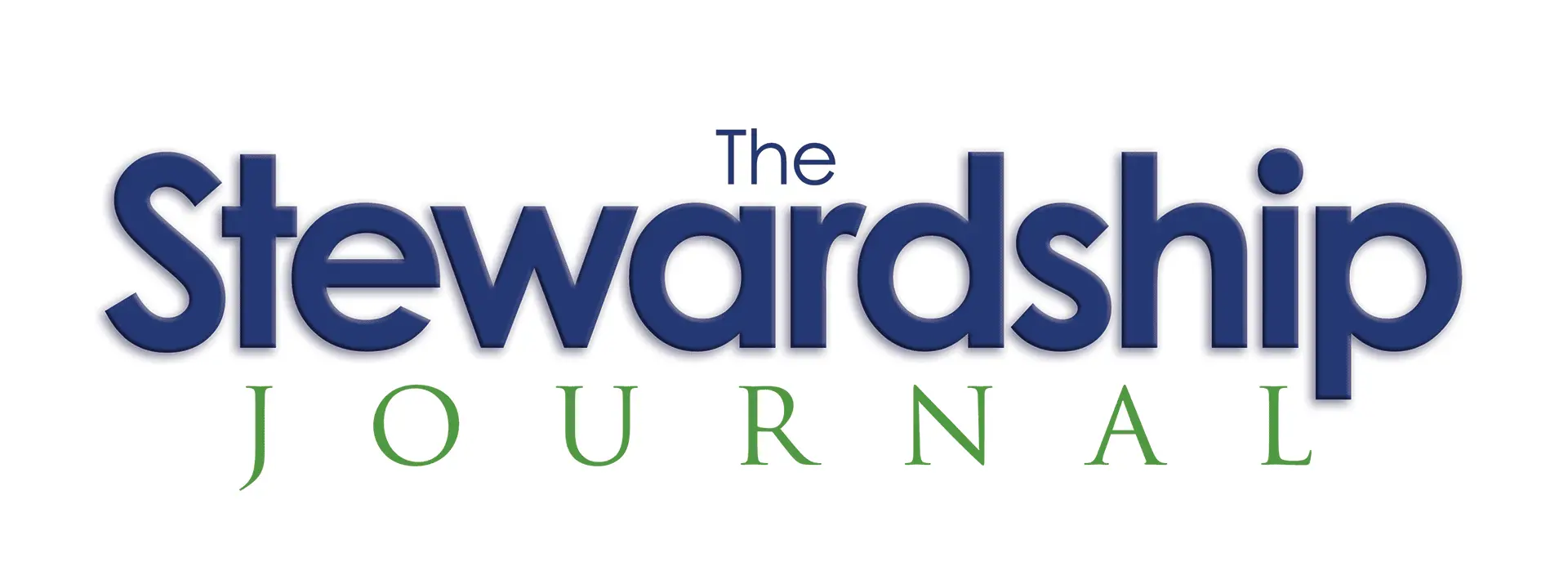Baptist Press reported last week that Cooperative Program giving for the first month of our fiscal year is 5% below target. To be fair, at the time of the report, a few smaller state/regional conventions had not yet sent in their CP allotments. Yet none of those outstanding conventions are in the top ten CP contributing conventions, which account for 90% of all CP giving. So, it’s doubtful that their contributions will move the needle much. It is not a good sign when, one month in, you are already significantly behind your budget.
This week’s CP report is a wake-up call to SBC leaders. Sadly, few, if any, are doing anything about it. The current interim leader of the Executive Committee tried to assure us that a slow start was typical. While he didn’t say it, his comments are like so many others, discounting the continual decline in giving while hoping next month will be better. The question I have is, what is anyone going to do about it? If past reactions are an indication, I would predict they will talk about it but do nothing.
I was asked to share about the state of giving at the Executive Committee’s Cooperative Program Retreat this past April. For that talk, I researched 37 state convention websites for stewardship resources. Here is what I found:
- 21 conventions had nothing to offer.
- 12 conventions listed only Cooperative Program or missional offering help.
- Only 4 conventions had any attempt at providing churches real actionable help in how to increase giving and givers at their church.
Given this lack of focus on stewardship education, is it any wonder giving is declining? We are in the midst of a decline that started in the late 1960s and is gaining momentum yearly. We are in for difficult times if we don’t correct this soon. Here are my predictions…
We are entering into challenging economic times that will stress church budgets. Inflation last year in the U.S. was 8.2%, and it is now running at 3.7% currently. This means that to match the buying power of your 2022 giving, you needed to increase your giving this year by 8.2% and be on pace to be above budget by 3.7%. Politicians debate whether we are headed for a recession or not, but the folks in our pews and chairs feel the price increases from food to paying for gas at the pump. They are financially stretched, which traditionally means giving to the church also declines.
Giving will continue to decline as our key donor group, Boomers, moves off the stage. This is what I call the SBC’s ticking time bomb. I’m working with SBC churches whose giving comes primarily from those sixty and above. It is not unusual for the typical SBC church to see as much as 80% of their total giving coming from members over sixty. With 10,000 Baby Boomers a day turning 65 and entering into retirement, their ability to give at the same dollar amount is greatly diminished. Next-gen giving has, as of yet, not developed. By 2030, we will have a changed donor universe, making funding our missions and ministry initiatives increasingly difficult.
Government/Societal pressure will force churches to make difficult decisions. In 2015, I had an SBC layman bank executive tell me, “We are not allowed to loan money to a church whose pastors have come out against homosexual marriages. That is considered Hate Speech.” Across our nation, we are seeing a rise in scorecards rating institutions’ diversity, equity, and inclusion (DEI). Another scorecard is called ESG. ESG is an acronym for a set of environmental, social, and governance standards that socially conscious investors use to select investments. Based on how your church responds to and stands for or against various issues, you would be given an ESG score. Banks and other institutions can use that score to decide whether they want to do business with your church. This will not be confined only to banks but also to other institutions and agencies.
Denominational uncertainty will mean a decline in giving. Fifteen years ago, 40% of my stewardship clients were conservative UMC churches. I would meet with lay leaders, asking about their commitment to giving; the future of their denomination was a key topic of concern. I will never forget what one six-figure donor told me about giving to her UMC church’s upcoming capital campaign. She said, “I’m afraid my denomination is departing from its Wesleyan tradition, and I’m not going to give more until I am sure of their direction.” Faithful donors will continue to tithe, but they will be more hesitant to give to a denomination wracked by division and uncertainty. Today’s SBC climate reminds me of where my UMC churches were fifteen years ago. Most left the denomination. But every one of them has seen drops in giving, from those who left to those who stayed. Uncertainty does that.
Deteriorating facilities built in the last century will cause the demise of many churches. One reason many churches close is their inability to maintain their facilities. Facilities built in the last century make ministry in the 21st century difficult. Tired, worn-out facilities don’t communicate well with those seeking a church home. The cost of building and renovation has increased to staggering levels. Even the simplest updates can cost thousands of dollars that most churches don’t have. Sadly, this will lead to a significant loss in churches, which will also impact giving to the Cooperative Program.
What are SBC leaders doing about this? Beyond talking about it, not much. Four years ago, the leadership at the Executive Committee reached out to me about helping them reverse the decline in giving. We “talked” for months until a controversy erupted that put stewardship on the back burner. After my talk last April, the EC was working to have me share with all the state Executive Directors. Then another controversy erupted, and all stewardship planning is on the back burner. Meanwhile, giving continues to decline, and our key donors move off the stage.
“A bunch of people sitting around a table, talking for an hour, deciding nothing, and being happy about it.” That was my then-teenage son’s comment after his first and last church committee meeting. Sadly, that is often the case. We must understand that talking is not the same as doing.
The good news is that a few are doing more than talking. The Stewardship Journal was launched by the Missouri Baptist Convention to help pastors and church leaders build a culture of generosity based on biblical stewardship. This January, that journal will be offered to other state conventions, giving them a key resource to provide their pastors and churches with actionable plans for increasing giving and givers.
As you read this, state conventions across the SBC are cutting their budgets because of the decline in giving. Some are even cutting out expenses like the Stewardship Journal. I want to say to our SBC leadership, that you fund what you deem important. The signal you are sending to pastors and church leaders is that this is not an issue of concern. Nothing could be further from the truth.
It’s past time our leaders put stewardship education on the front burner. Every month we delay makes it more difficult to turn around the decline. If we don’t take action, and do so quickly, we will see not just churches closing but colleges, seminaries, and our institutions will be forced to downsize and cut back.

